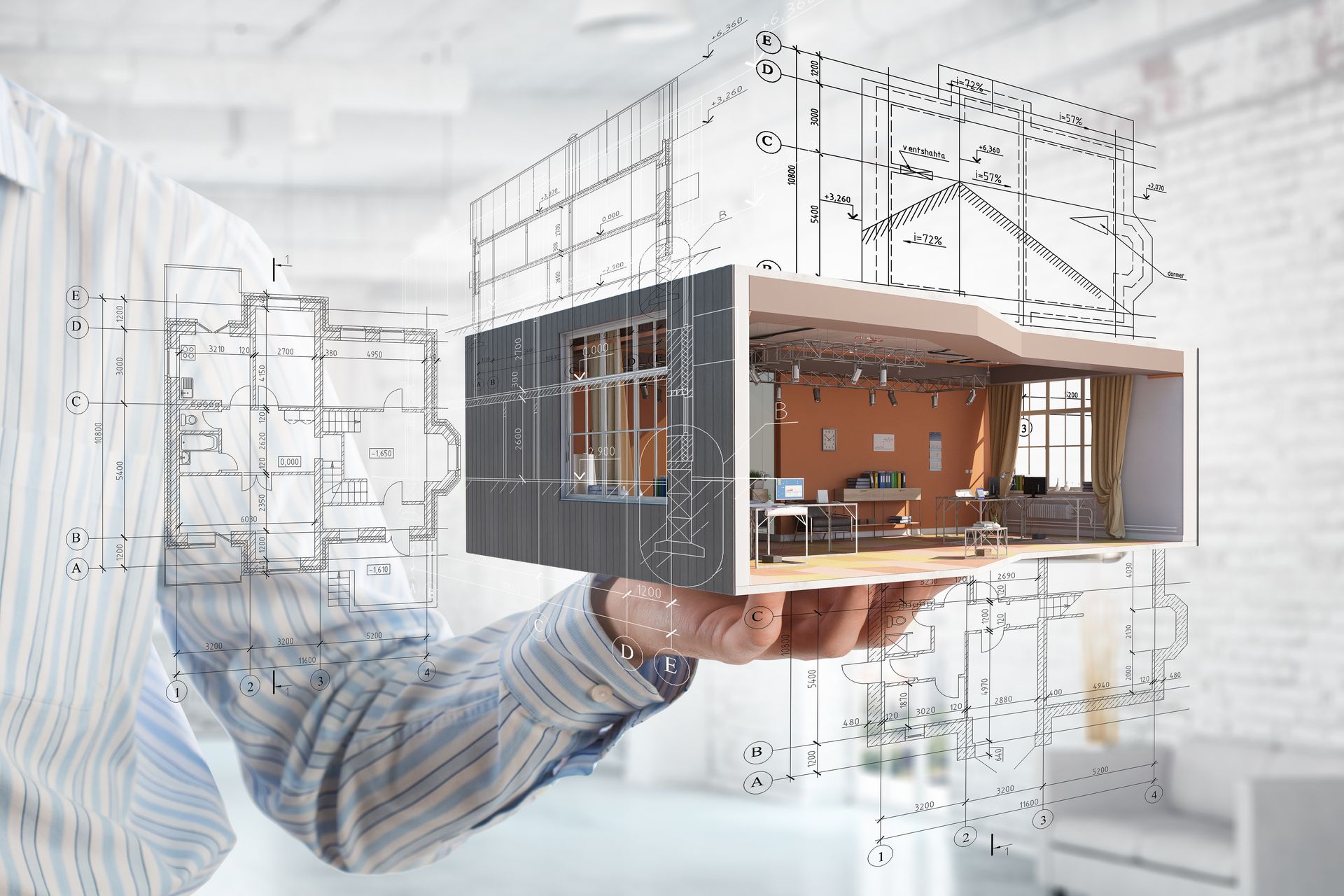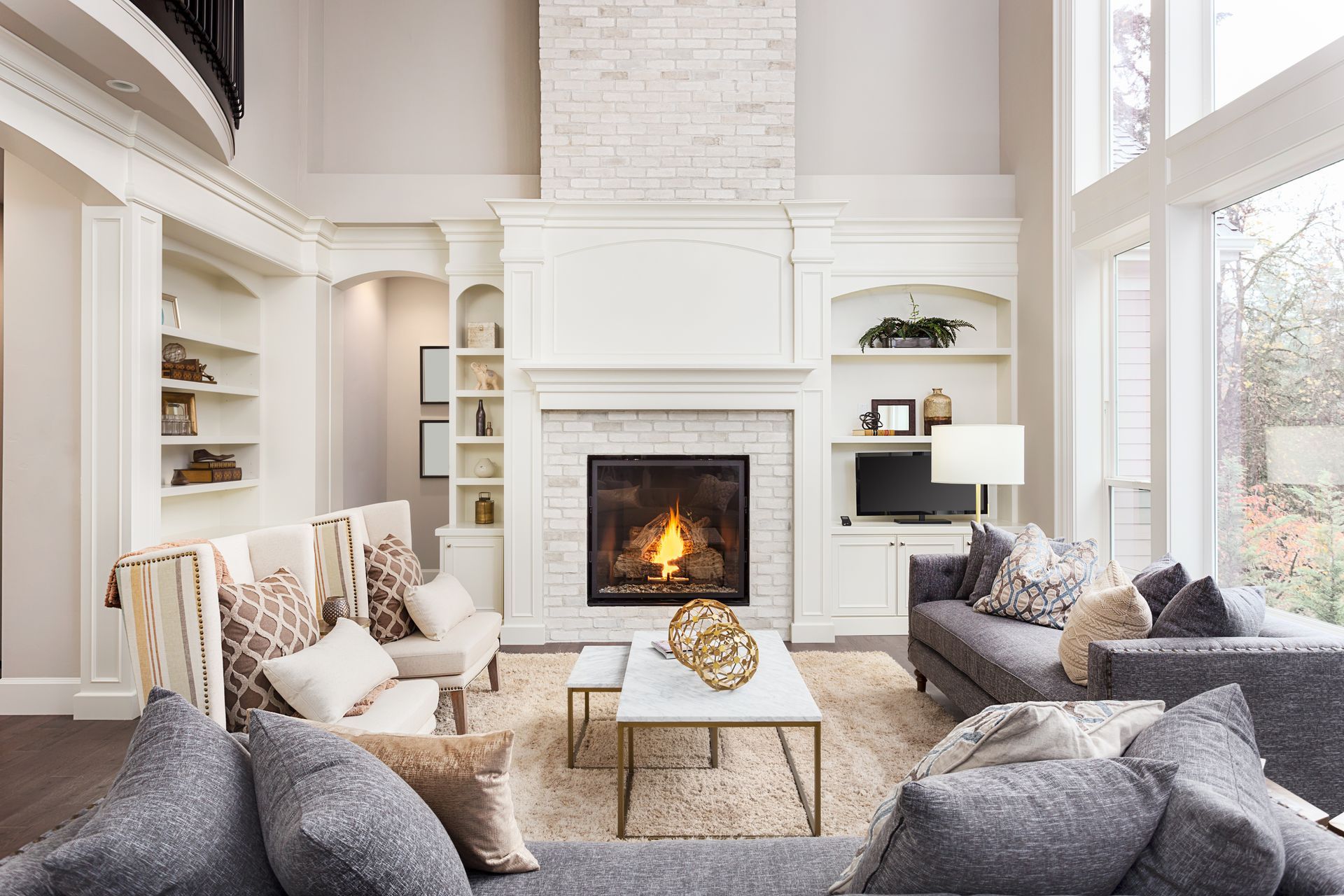Transform Your Space: Smart Strategies for Cost-Effective Home Remodeling
Smart Strategies for Cost-Effective Home Remodeling
Ever dreamt of giving your living space a makeover, but the potential costs or option paralysis held you back? You’re not alone! Many homeowners hesitate to embark on a home remodeling journey due to this. But what if we told you that with smart strategies and a pinch of creativity, you could transform your space without much effort? Intriguing, isn’t it?
Key Takeaways
- Understand the specific reasons for your home remodel and create a detailed plan with a defined budget to navigate priorities and costs, ensuring a renovation that aligns with your family’s needs and lifestyle.
- Consider cost-effective strategies like focusing on high-impact areas such as the kitchen and bathrooms, opting for neutral designs for a timeless look, and maintaining your home’s unique character to maximize property value.
Assessing Your Home Remodeling Needs
`Initiating a home renovation requires understanding the why behind your decision before demolishing walls or investing in new appliances. Homeowners often remodel their homes for various reasons, including:
- Making it more modern
- Carrying out maintenance
- Updating rooms
- Preparing the house for sale
Identifying your remodel’s purpose is the first step towards a successful home renovation project.
Knowing why you’re undertaking a home improvement project helps prioritize tasks and allocate your budget effectively. It allows you to focus on what needs to be done first and how to spend your money wisely, creating a solid plan for your remodel.
Establishing a budget before initiating a home renovation enables better expense management and helps to avoid unexpected costs. This budgeting step is as important as picking the right color for your living room or selecting the right materials for your primary bathroom.
For maintenance-related renovations, allocating a significant portion of the budget towards hiring licensed professionals and updating outdated materials is advised. This approach ensures the living space is safe and solid.
After all, the last thing any homeowner wants is to compromise on the safety of their family for the sake of saving some money.
Finally, remember that your house is not just a building, but a space where memories are made. So, keep your family’s needs and lifestyle in mind while assessing your home remodeling needs. This personalized approach will ensure that the renovation not only enhances your living space but also enriches your daily life.
Maximizing Your Home Remodeling Investment
Having determined your needs and formulated a plan, the next step is to maximize the value of your home remodeling project. We’ll delve into three key strategies - focusing on high-impact areas, choosing neutral designs, and maintaining your home’s character. These strategies will ensure your remodel not only improves your living space but also maximizes your return on investment.
Focus on High-Impact Areas
Focusing on high-impact areas such as the kitchen and bathrooms can significantly enhance the value of your home remodeling project. These are spaces that potential buyers really care about and can significantly influence your property’s overall value. Did you know that a kitchen remodel adds the most significant amount of value to your home if you’re thinking of selling in the future? Investing in hardwood floors can also recoup costs ranging from 118% to 147%. Even a well-executed primary bathroom remodel can boost your home’s appeal and value.
When it comes to returns, major kitchen remodels generally recoup 53% to 57% of the investment, while bathroom remodels can also offer excellent returns. But even simple changes like:
- replacing hardware
- updating lighting fixtures
- adding a backsplash
can really freshen up the style of these spaces.
Updating the family room and dining room can also enhance the overall appeal of your property. When remodeling these high-impact areas, remember to focus on making them more functional. For example, swapping out shelves for cabinet-height pullout drawers in your kitchen can provide extra storage space and make things more accessible, giving your kitchen a new house feel.
Focusing on these high-impact areas can be a game-changer for your home’s value and functionality, especially when considering the square footage. It’s worth the investment in the long run and can transform your old house into a space you’ll love even more.
Choose Neutral Designs
Neutral designs have a timeless appeal and elegance. They create a nice flow in a room, giving off a sophisticated and calming vibe. Plus, they’re a smart investment and budget-friendly too.
Neutral designs enhance a home’s value by:
- Helping prospective buyers envision themselves residing there
- Creating a blank slate with colors like warm white or light gray, making the home appealing to a larger group of people
- Supporting sustainable design by reducing the need for constant updates and renovations.
Timeless, neutral designs for home remodeling can include:
- Embracing neutral colors
- Adding architectural details for elegance
- Using natural materials
- Opting for shaker-style cabinets
- Installing hardwood floors
- Adding marble accents
- Choosing neutral finishes
These designs ensure that your home remodeling project is completed properly and adds value to your property.
Incorporating natural light into your design can also enhance the appeal of your home. Imagine a bright, airy living room with large windows inviting in sunshine; doesn’t that sound inviting?
Remember, opting for neutral designs doesn’t mean your home has to be boring. You can always add pops of color and personality through your décor, furniture, and accessories. But with a neutral base, you have the flexibility to update your look without a major remodel.
Maintain Your Home's Character
While modern updates are desirable, preserving your home’s unique character during a remodel is equally important. Preserving original details adds value to the space and sets your property apart, potentially increasing its resale value.
Classic architectural features worth keeping during a home remodel include:
- Built-ins
- Transom windows
- Dutch doors
- Peg rails
- Telephone niches
- Leaded and stained-glass windows
- Milk doors
- Apron-front sinks
- Library
- Original woodwork
- Crown molding
- Hardwood flooring
These details add a touch of charm and history to your home.
When remodeling the kitchen, keep the original ceiling details like beams and use a mix of different types of lights to add dimension and bring modern touches into the room. This fusion of old and new creates a unique and appealing space.
Maintaining your home’s character doesn’t mean you can’t make any changes. But remember, the goal is to enhance the home’s functionality without taking away its redeeming qualities. With careful planning, you can create a harmonious blend of old and new, ensuring your home remains charming and functional.
Summary
We’ve looked at assessing your remodeling needs, planning your project, and maximizing your remodeling investment. Remember, focus on high-impact areas, choose neutral designs, and maintain your home’s character. A well-planned and executed home remodel can add significant value to your home, improve its functionality, and even transform your daily life. So go ahead, start planning your dream home remodel today - it’s more achievable than you think!
We are here to help! Call us or fill our contact form
Frequently Asked Questions
What is the difference between renovation and remodeling?
The main difference between renovation and remodeling is that a remodel changes the form of something, while a renovation focuses on restoring something old into good repair. So, if you're considering adding a new shower to an existing bathroom, that would be a remodel, while fixing up a creaky floor would be a renovation.
What is Remodeling of house?
Remodeling a house involves significant structural and layout changes, while renovating focuses on cosmetic enhancements without altering the structure. Both can add value and improve functionality to a home.
What is the most expensive part of remodeling a house?
The most expensive part of remodeling a house is usually the kitchen, due to the costs of replacing appliances, countertops, cabinets, flooring, and lighting.
In what order do you renovate a house?
The general order for renovating a house is to start with demolition and removal, then move on to structural work, and finally address plumbing and electrical work. It's important to get the foundations right before moving on to interior details.
Why is it important to know the purpose of my home remodel?
It's important to know the purpose of your home remodel because it helps prioritize tasks, allocate your budget effectively, and leads to a more efficient and successful renovation.




